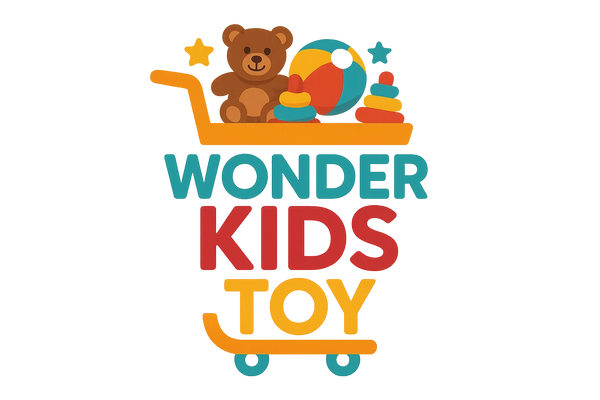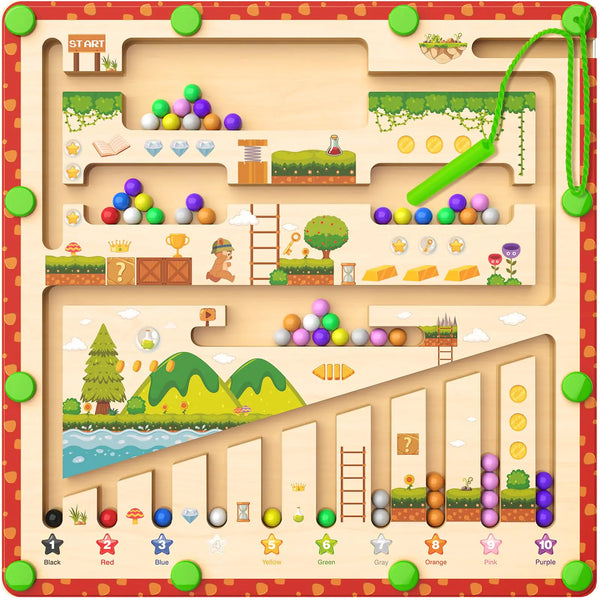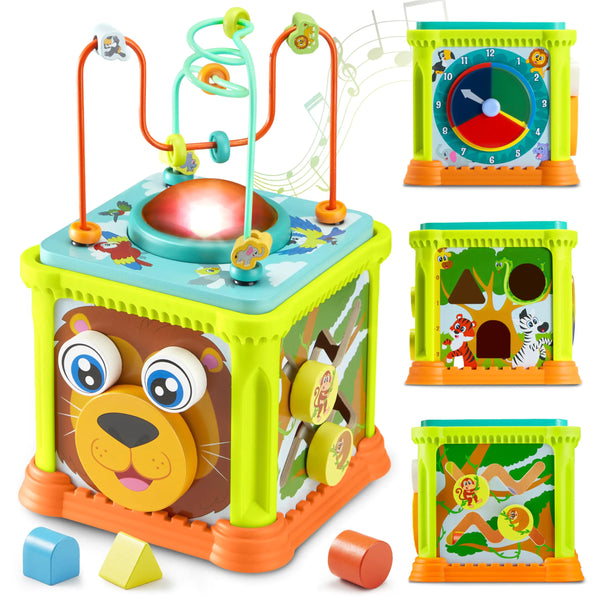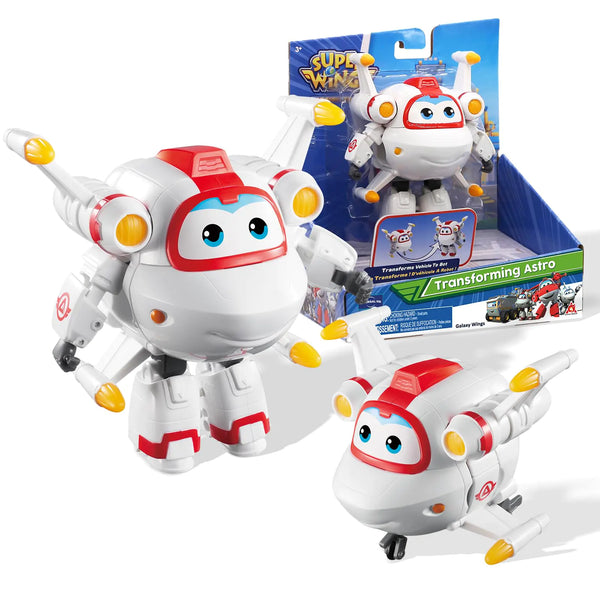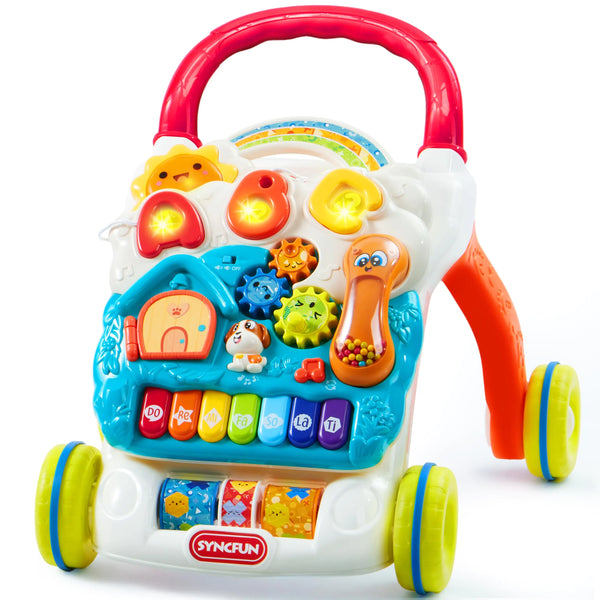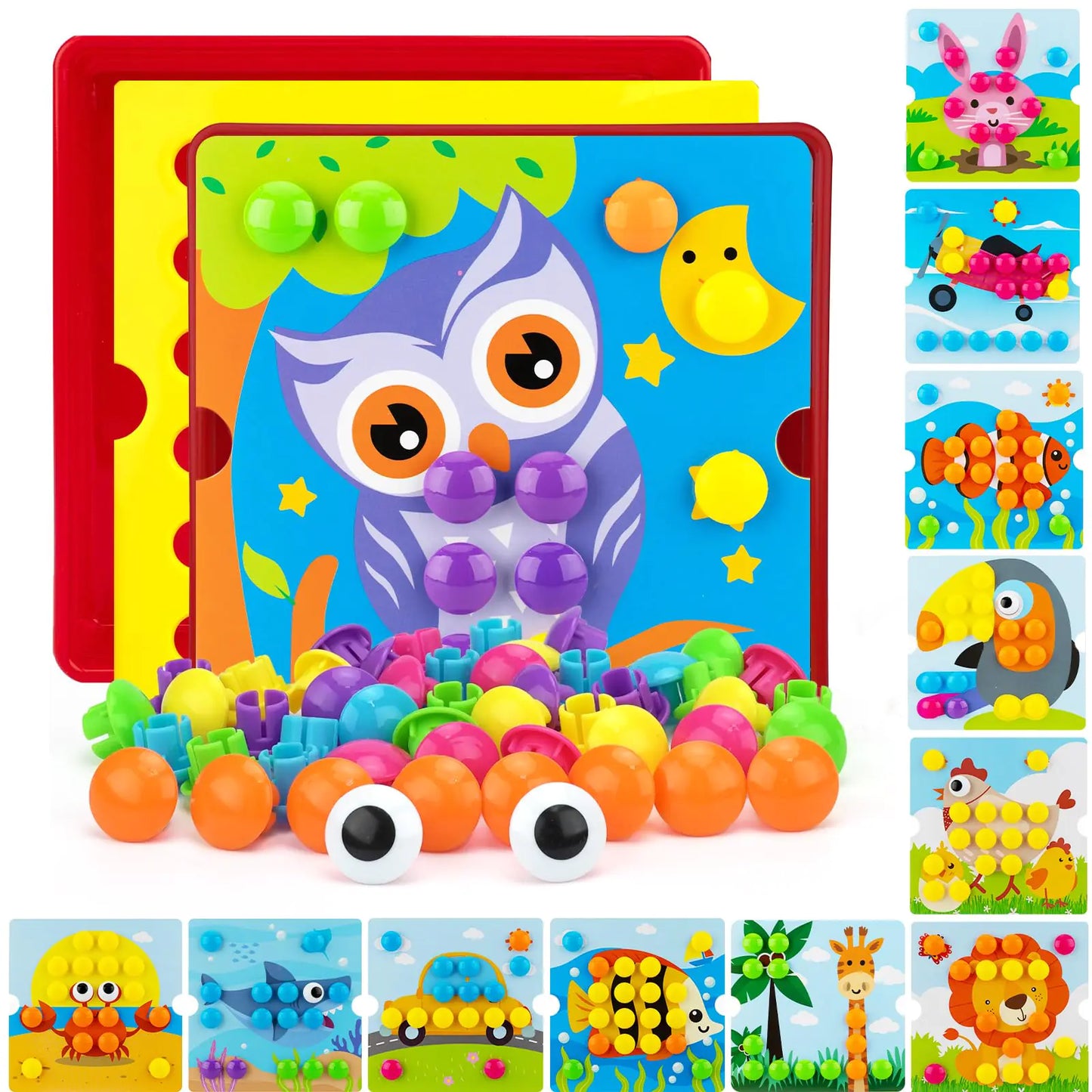Watching your child grow and learn new things is very rewarding. Sensory play activities are great for helping them grow. Tools like the Montessori sensorial board are very helpful.

The Montessori sensorial board helps kids play safely and learn. It helps them explore with their senses and get better at using their hands. Using this tactile learning tool can help your child do well in school later.
Key Takeaways
- Enhances sensory exploration and fine motor skills development
- Promotes safe and stimulating play
- Supports future academic success
- Fosters a love for learning through interactive play
- Develops problem-solving skills through tactile experiences
Understanding the Montessori Sensorial Board
The Montessori sensorial board is a key tool for kids' learning. It helps them learn by doing things themselves. Kids get to know the world better by touching and feeling different things.
The Philosophy Behind Sensorial Materials
The Montessori way says that kids learn best through their senses. Educational sensory boards help kids focus on one sense at a time. This makes their senses sharper and helps them feel more connected to the world.
Core Components of Quality Sensorial Boards
Good sensorial boards are made of strong materials like wood. They have different textures, colors, and sounds. This makes learning fun and exciting for kids.
| Feature | Description | Benefit |
|---|---|---|
| Material | Durable wood or eco-friendly materials | Long-lasting and safe for children |
| Texture | Varied textures for tactile experience | Enhances sensory development |
| Color | Range of colors to stimulate visual senses | Promotes color recognition and differentiation |
The Science of Sensory Development in Early Childhood
The early years of a child's life are very important. They help build skills for thinking and moving.
Sensory development is key in early childhood. It helps kids understand and interact with their world. Through sensory experiences, they learn and grow.
How Children Learn Through Touch
Touch is a big way kids learn. It helps them feel different textures, temperatures, and vibrations. Sensory exploration toys are great for this. They offer kids many things to explore.

Brain Development and Sensory Stimulation
Sensory activities help the brain grow. When kids do sensory things, their brains make new connections. This is good for fine motor skills development.
| Sensory Experience | Brain Development Impact |
|---|---|
| Tactile Exploration | Enhances neural connections |
| Auditory Stimulation | Improves auditory processing |
| Visual Stimulation | Develops visual perception |
Knowing about sensory development helps parents and teachers. They can give kids the right tools and experiences for growth.
Key Benefits of Montessori Sensorial Boards
Montessori sensorial boards help kids a lot. They make kids smarter and better at moving their bodies. These boards make learning fun and educational.
Fine Motor Skills Development
These boards help kids get better at small movements. They learn to trace, button, and zip. This makes their hands and eyes work better together.
Cognitive Growth and Problem-Solving
They also make kids think better. Kids learn to solve problems and see how things work together. This is good for their brains.
Concentration and Focus Enhancement
Using these boards helps kids focus. They learn to pay attention better. This helps them learn more in school.
Independence and Confidence Building
As kids get better at these activities, they feel more confident. They learn to do things on their own. This is good for their feelings and how they get along with others.
| Benefit | Description | Impact on Child Development |
|---|---|---|
| Fine Motor Skills | Activities like tracing and buttoning | Enhances dexterity and hand-eye coordination |
| Cognitive Growth | Problem-solving and cause-and-effect understanding | Crucial for intellectual growth |
| Concentration | Regular use improves focus | Leads to better learning outcomes |
| Independence | Mastering activities builds confidence | Vital for emotional and social development |

Types of Montessori Sensorial Boards for Different Ages
Montessori sensorial boards are for babies, toddlers, and preschoolers. They give a special sensory experience for each age group. These boards help meet the needs of children at different stages.
Infant Sensorial Boards (0-12 months)
Infants start with basic touch experiences. They have boards with soft fabrics, rough sandpaper, and smooth surfaces. These early touches help their brains grow.
Toddler Sensorial Boards (1-3 years)
Toddlers get boards with harder textures and objects. They can play with buttons, zippers, and latches. This helps their hands and eyes work better together.
Preschooler Sensorial Boards (3-6 years)
Preschoolers have boards that are more challenging. They might find dressing frames, puzzles, and different things to sort. These activities make their brains work harder.
Here's a table that shows what Montessori sensorial boards offer for each age:
| Age Group | Key Features | Developmental Benefits |
|---|---|---|
| Infants (0-12 months) | Basic textures like sandpaper, fabrics | Initial sensory exploration, tactile awareness |
| Toddlers (1-3 years) | Complex textures, buttons, zippers | Fine motor skills, hand-eye coordination |
| Preschoolers (3-6 years) | Dressing frames, puzzles, sorting activities | Cognitive development, problem-solving, independence |

How to Choose the Perfect Sensorial Board for Your Child
Choosing a Montessori sensorial board is important for parents. They need to look at the board's quality and safety. They also need to make sure it fits their child's age.
Quality and Safety Considerations
A good wooden Montessori toy is made from safe, strong materials. It should have no sharp edges and be easy to put together. Make sure it meets safety standards from around the world.

Matching Boards to Developmental Stages
Boards for babies are simple, with soft textures and colors. Toddlers like things like zippers and buttons. Older kids need more challenging toys that help with their skills.
Creating Your Own DIY Montessori Sensorial Board
Make a DIY Montessori sensorial board for your child. It's a fun project that helps them learn and grow. It's great for learning about senses and improving hand skills.
Simple Starter Projects
Start with easy projects. Make a texture board with sandpaper, fabric, or wood. Or, create a color board with cards or objects in different colors.
Materials and Safety Guidelines
Choose safe, non-toxic materials for your child. Good options include:
- Various textures (sandpaper, felt, velvet)
- Different colors (paint, colored paper)
- Objects of varying sizes and shapes
Always watch your child while they play to keep them safe.
Step-by-Step Creation Guide
To make your DIY Montessori sensorial board, follow these steps:
- Pick your materials and plan your design.
- Cut the materials to the right size and shape.
- Put the materials on a board or panel.
- Use a safe glue to hold them in place.
Remember, Maria Montessori said, "The greatest sign of success for a teacher is to be able to say, 'The children are now working as if I did not exist.'" This shows what Montessori education aims for: helping kids learn on their own.
| Material | Texture | Color |
|---|---|---|
| Sandpaper | Rough | Brown |
| Felt | Soft | Green |
| Velvet | Smooth | Blue |
Observing and Supporting Your Child's Sensorial Learning
Watching your child learn is very important. It helps you see how they grow and learn. Knowing how they use Montessori materials helps you help them better.
Signs of Engagement and Development
Children show signs when they're really into learning. They might focus a lot, do things over and over, and feel more sure of themselves. For example, if they really like a texture board, they're getting better at using their hands and eyes together.
"The greatest sign of success for a teacher... is to be able to say, 'The children are now working as if I did not exist.'"
Seeing these signs helps you know when it's time for something new.
When and How to Introduce New Challenges
It's important to bring in new things at the right time. This keeps your child interested and helps them grow. For example, if they get too good at a simple texture board, try something harder with different textures or sounds.
| Signs to Introduce New Challenges | Examples of New Challenges |
|---|---|
| Boredom with current activity | Introduce a new texture or complexity level |
| Mastery of current task | Add a new dimension (e.g., sound, smell) |
By watching your child and adding new things when needed, you help them keep learning and stay interested.
Conclusion: Embracing the Sensorial Journey
The Montessori sensorial board is very important for kids. It helps them grow in many ways. It makes their fine motor skills better and helps them learn more.
This board is not just a tool. It opens up a world of learning for kids. Choosing the right one for your child helps them learn and grow.
Every child is different, and they learn in their own way. Watching and helping your child is very important. Using a Montessori sensorial board helps your child grow strong and ready for the future.
FAQ
What is a Montessori sensorial board?
A Montessori sensorial board is a tool for learning by touch. It helps kids improve their fine motor skills. It's made from wood and has different textures and objects.
What are the benefits of using a Montessori sensorial board for my child?
A Montessori sensorial board helps kids in many ways. It boosts their fine motor skills and thinking. It also helps them focus better and feel more independent.
How do I choose the right Montessori sensorial board for my child's age?
Pick a board based on your child's age. For babies, choose soft textures. Toddlers need boards with different textures and objects. Preschoolers need more challenging activities.
Can I create my own DIY Montessori sensorial board?
Yes, you can make your own board. Use wood, fabric, and various textures. Start simple and follow safety rules. Make sure materials are safe and last long.
How can I support my child's sensorial learning with a Montessori sensorial board?
Watch how your child uses the board. Add new things when they're ready. Let them explore on their own, but help when needed.
Are Montessori sensorial boards safe for my child?
Montessori boards are safe for kids. Look for ones made from natural, safe materials. Make sure they're sturdy. Always watch your child while they play.
How do Montessori sensorial boards support brain development?
These boards help the brain grow by stimulating senses. They're key for learning and moving. They help kids use their sense of touch better.

